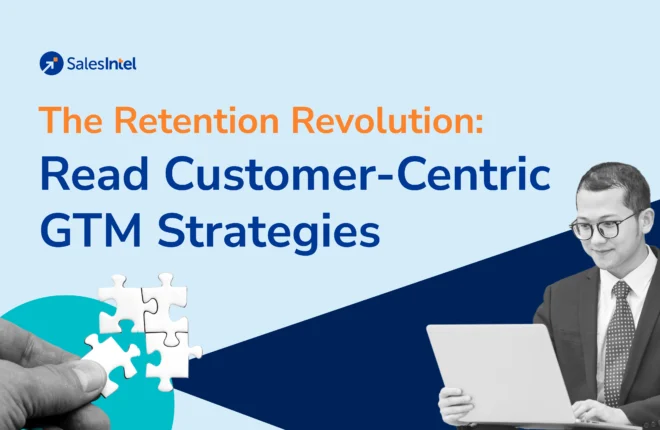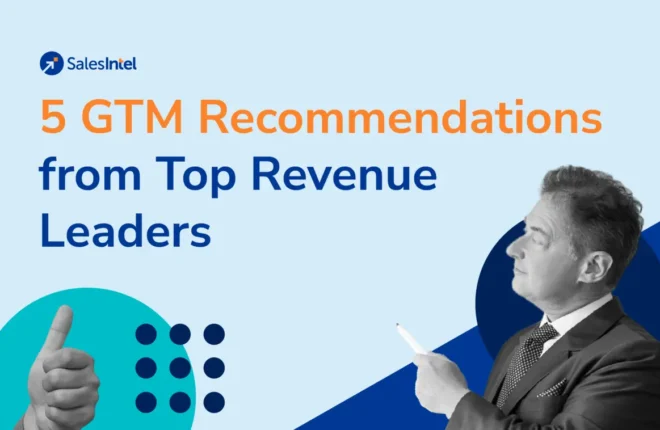Have you ever wondered why it’s called a sales pitch? It’s always seemed like a sloppy term to me. “Pitching” makes it sound like we’re just throwing something out there in hopes prospects will catch it. In the most basic terms, we may be tossing out ideas or features or solutions, but ultimately describing it as pitching doesn’t do justice to the art form of the task.
We’re surrounded by a culture that’s constantly trying to sell us things, so much that many have become cynical and guarded against the usual sales taglines and tricks. But one look at pop culture will tell you there’s something we consistently invest in good stories. That’s why it’s time to get out of the business of pitching features, and into the practice of selling stories.
The Power of Narrative
Stories were around before we ever had anything to sell. Before we ever published anything, before newspapers and pamphlets began to circulate, before humans even decided to write everything down, stories were passed from one generation to the next. Many of the most powerful narratives in our lives started out as oral traditions.
Religious texts are a significant example, but we also see this power of narrative exemplified in the stories we tell each other every day. The simplest of conversations usually begin with a story. What did you do this weekend? How was your day? Stories not only connect us with our ancestors but allow us to connect.
The reality is that whether we’re just getting to know someone or catching up with an old friend, we tend to communicate in stories. So it’s only natural for effective sales conversations to have narrative characteristics.
Storytelling as a Skill
The ability to capture someone’s attention with a story isn’t just helpful in social situations or filmmaking. Storytelling is a vital skill, even in the corporate world. That said, telling stories doesn’t come easily to everyone. We all know a handful of people who are natural storytellers, that can capture the listener’s attention whether it’s across a conference table or a dinner table.
But for the majority of people, telling an effective narrative takes practice. Fortunately, the natural storytellers are often willing to share their skills, and their stories, with those still getting the hang of things.
The Seller’s Story
So, we’re all captivated by a good story, and storytelling is a skill many of us develop over time. What does that have to do with sales?
In a sales setting, there tend to be two primary components to the larger narrative: the seller’s story, and the buyer’s story. And each is important to understand and navigate as the seller and buyer narratives begin to interact with one another.
The question for the salesperson as they develop their story is “What is the narrative I’m inviting the customer into?” It’s setting the stage for a story that has already partially taken place, a journey that the seller is invited to partake in.
Instead of starting with the problem at hand, as you might in a traditional pitch, the seller’s narrative begins with establishing the setting. You’re not making any assumptions about what the customer needs or how you can solve their problem. Instead, you’re simply getting their attention by describing the current state of things, and how those things are beginning to shift and change.
From there, you have to demonstrate the stakes of the current situation or oncoming change. What will happen if, in the words of singer-songwriter Kris Allen, “we keep doing nothing?”
Strategic storyteller Andy Raskin describes this as showing “there will be winners and losers.” On the surface, this may seem overly dramatic, but all that you’re doing is creating a loss-aversion, a framework in which the buyer is challenged to keep up with the pace of the current world.
The one ring to rule them all has fallen into the wrong hands for too long. He who shall not be named is intensifying his alliance of dark forces. Things have come to a boiling point and you need the buyer to help you destroy the ring, defeat the dementors, and bring relative peace and success. The only difference is that in your case, the bad guys aren’t actual people, but rather conditions.
The Buyer’s Journey
For decades, salespeople have used the paradigm of the buyer’s journey. However, the commonly used model of the buyer’s journey begins with a problem–which we’ve already established isn’t the best way to start this story. So, once you’ve set the stage and the stakes the buyer can step into the story with you, instead of you being on a quest to solve their problems. This makes the narrative a cooperative effort, an engaging story rather than a lecture.
You’ve invited the prospect onto the journey, and this means setting a destination. Where are you going? What is the “promised land” that you’re hoping to reach, the “new future state” for the victors of this adventure?
Note that the destination is not your product. The product is a tool that you have to offer to the buyer to help them reach their destination. You are the Yoda, the Hagrid, the Gandalf of the situation. The buyer needs you to make it where they need to go.
Notice that somewhere along the way, the story became the that of the buyer’s instead of yours. It is their mission if they choose to accept it. It belongs to both of you, if and when the buyer chooses to accept your aid. And that’s a saga that is crafted, not pitched.




